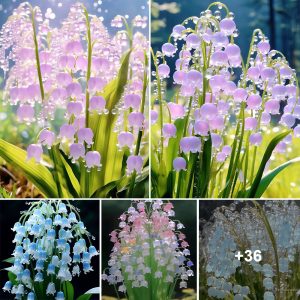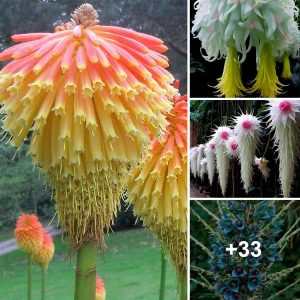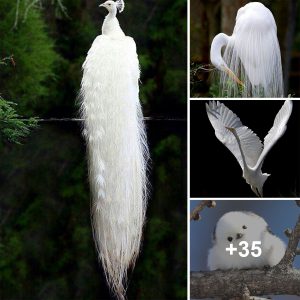Frogs belong to the amphibian class and are characterized by their unique life cycle, semi-aquatic lifestyle, and distinctive features. These small creatures can be found in various habitats around the world, from rainforests to deserts, and even in urban environments. Let’s explore some fascinating aspects of frogs:
- Diversity: There are over 7,000 known species of frogs, exhibiting a wide range of shapes, sizes, colors, and adaptations. From the tiny Paedophryne amauensis, which measures only about 8 millimeters in length, to the Goliath frog, which can grow up to 32 centimeters and weigh over 3 kilograms, frogs showcase incredible diversity.

- Amphibious Lifestyle: Frogs are amphibians, which means they can live both in water and on land. They possess specialized adaptations, such as webbed feet and long hind legs, enabling them to swim efficiently and leap great distances. Their permeable skin allows them to breathe through it and absorb moisture.
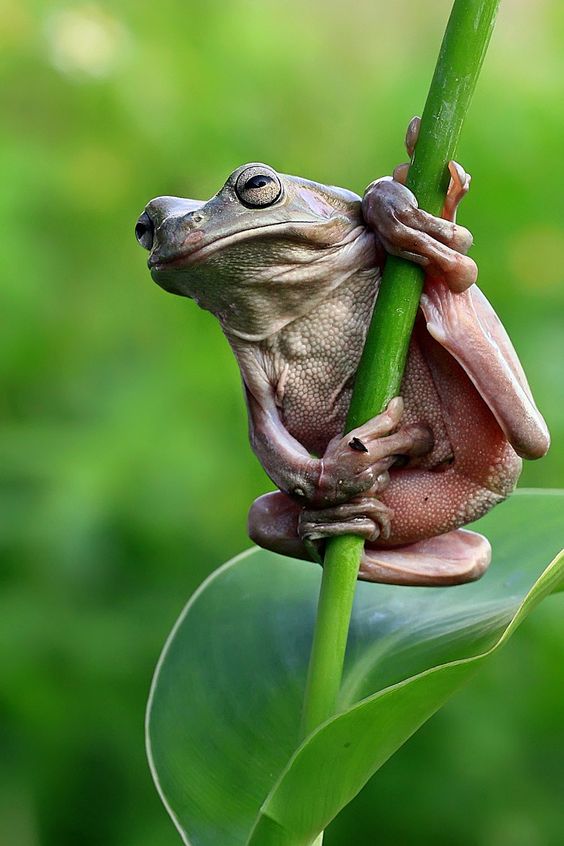
- Life Cycle: Frogs undergo a remarkable metamorphosis from tadpoles to adult frogs. After hatching from eggs laid in water, tadpoles have gills and live exclusively in aquatic environments. Over time, they develop legs, lose their tails, and undergo internal changes, transitioning into adult frogs capable of living on land.
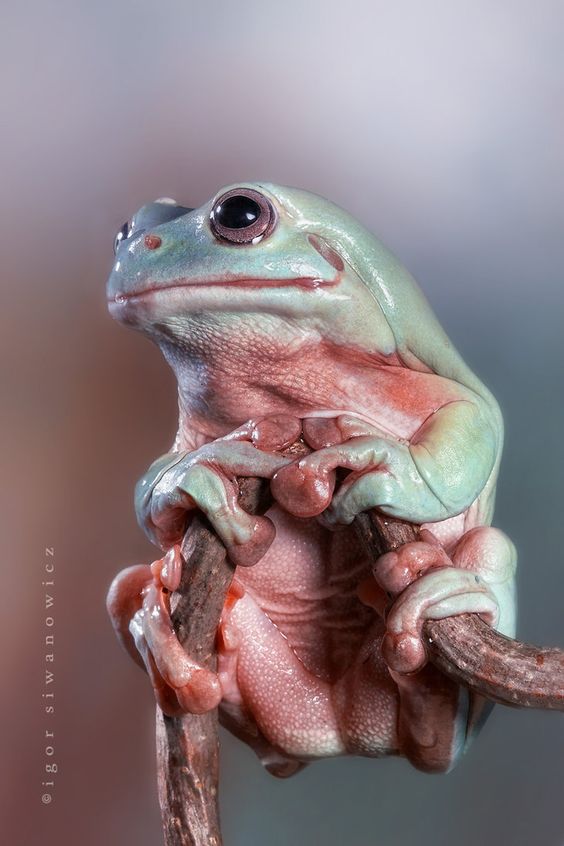
- Vocal Abilities: Frogs are renowned for their unique and often melodious calls. These vocalizations serve various purposes, including attracting mates, establishing territory, and warning off potential predators. Each frog species has its distinct vocal repertoire, creating a symphony of sounds in their natural habitats.

- Ecological Importance: Frogs play a vital role in ecosystems as both predators and prey. They control insect populations by feeding on pests like mosquitoes and flies. Additionally, their presence serves as an indicator of environmental health. Due to their permeable skin, frogs are sensitive to changes in water quality, making them bioindicators for pollution and habitat degradation.
